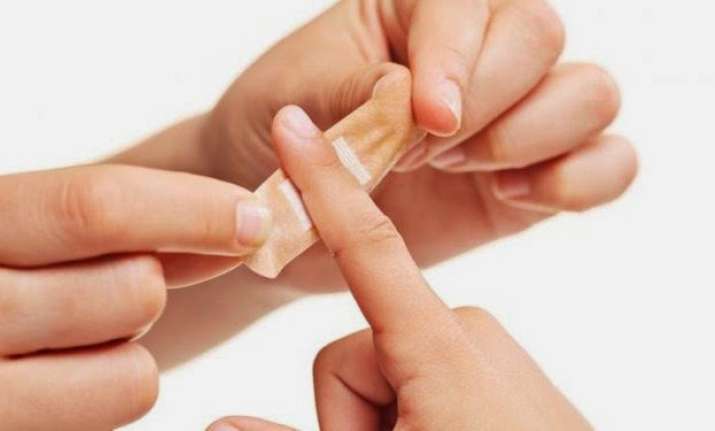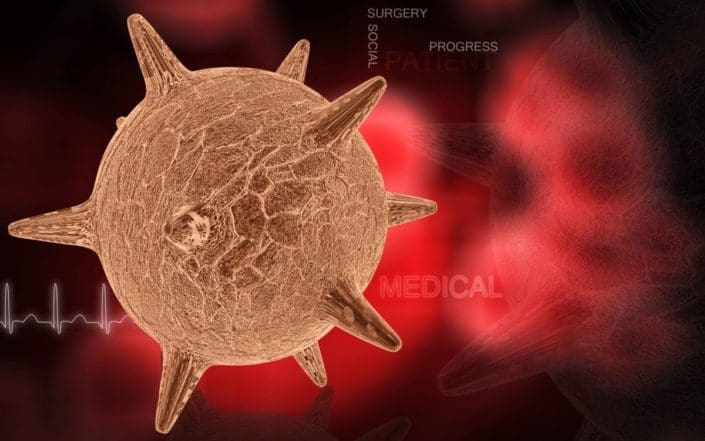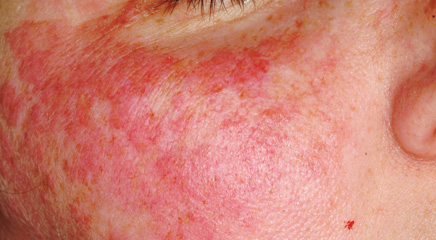Scientists regrow hair on wounded skin
The findings by researchers at the New York University (NYU) School of Medicine in the US better explain why hair does not normally grow on wounded skin.

Researchers have regrown hair strands on damaged skin by stirring crosstalk among skin cells that form the roots of hair.
The
findings by researchers at the New York University (NYU) School of
Medicine in the US better explain why hair does not normally grow on
wounded skin.The study, published in the journal Nature Communications, may help in the search for better drugs to restore hair growth.
It examined the effect of distinct signalling pathways in damaged skin of laboratory mice.
Experiments focused on cells called fibroblasts that secrete collagen, the structural protein most responsible for maintaining the shape and strength of skin and hair.
Researchers activated the sonic hedgehog signalling pathway used by cells to communicate with each other.
The pathway is known to be very active during the early stages of human growth in the womb, when hair follicles are formed, but is otherwise stalled in wounded skin in healthy adults.
Researchers said this possibly explains why hair follicles fail to grow in skin replaced after injury or surgery.
Regrowing hair on damaged skin is an unmet need in medicine, Ito said, because of the disfigurement suffered by thousands from trauma, burns, and other injuries.
However, her more immediate goal, she said, is to signal mature skin to revert back to its embryonic state so that it can grow new hair follicles, not just on wounded skin, but also on people who have gone bald from ageing.
Ito said scientists have until now assumed that, as part of the healing process, scarring and collagen buildup in damaged skin were behind its inability to regrow hair.
"Now we know that it's a signalling issue in cells that are very active as we develop in the womb, but less so in mature skin cells as we age," she said.
Key among the study's findings was that no signs of hair growth were observed in untreated skin, but were observed in treated skin, offering evidence that sonic hedgehog signalling was behind the hair growth, researchers said.
To bypass the risk of tumours reported in other experiments that turned on the sonic hedgehog pathway, the team turned on only fibroblasts located just beneath the skin's surface where hair follicle roots (dermal papillae) first appear.
Researchers also zeroed in on fibroblasts because the cells are known to help direct some of the biological processes involved in healing.
Hair regrowth was observed within four weeks after skin wounding in all treated mice, with hair root and shaft structures starting to appear after nine weeks.
Hedgehog Signaling Interactive Pathway

Pathway Description:
The
evolutionarily conserved Hedgehog (Hh) pathway is essential for normal
embryonic development and plays critical roles in adult tissue
maintenance, renewal and regeneration. Secreted Hh proteins act in a
concentration- and time-dependent manner to initiate a series of
cellular responses that range from survival and proliferation to cell
fate specification and differentiation.
Proper
levels of Hh signaling require the regulated production, processing,
secretion and trafficking of Hh ligands– in mammals this includes Sonic
(Shh), Indian (Ihh) and Desert (Dhh). All Hh ligands are synthesized as
precursor proteins that undergo autocatalytic cleavage and concomitant
cholesterol modification at the carboxy terminus and palmitoylation at
the amino terminus, resulting in a secreted, dually-lipidated protein.
Hh ligands are released from the cell surface through the combined
actions of Dispatched and Scube2, and subsequently trafficked over
multiple cells through interactions with the cell surface proteins LRP2
and the Glypican family of heparan sulfate proteoglycans (GPC1-6).
Hh
proteins initiate signaling through binding to the canonical receptor
Patched (PTCH1) and to the co-receptors GAS1, CDON and BOC. Hh binding
to PTCH1 results in derepression of the GPCR-like protein Smoothened
(SMO) that results in SMO accumulation in cilia and phosphorylation of
its cytoplasmic tail. SMO mediates downstream signal transduction that
includes dissociation of GLI proteins (the transcriptional effectors of
the Hh pathway) from kinesin-family protein, Kif7, and the key
intracellular Hh pathway regulator SUFU.
GLI
proteins also traffic through cilia and in the absence of Hh signaling
are sequestered by SUFU and Kif7, allowing for GLI phosphorylation by
PKA, GSK3β and CK1, and subsequent processing into transcriptional
repressors (through cleavage of the carboxy-terminus) or targeting for
degradation (mediated by the E3 ubiquitin ligase β-TrCP). In response to
activation of Hh signaling, GLI proteins are differentially
phopshorylated and processed into transcriptional activators that induce
expression of Hh target genes, many of which are components of the
pathway (e.g. PTCH1 and GLI1). Feedback mechanisms include the induction
of Hh pathway antagonists (PTCH1, PTCH2 and Hhip1) that interfere with
Hh ligand function, and GLI protein degradation mediated by the E3
ubiquitin ligase adaptor protein, SPOP.
In addition
to vital roles during normal embryonic development and adult tissue
homeostasis, aberrant Hh signaling is responsible for the initiation of a
growing number of cancers including, classically, basal cell carcinoma,
edulloblastoma, and rhabdomyosarcoma; more recently overactive Hh
signaling has been implicated in pancreatic, lung, prostate, ovarian,
and breast cancer. Thus, understanding the mechanisms that control Hh
pathway activity will inform the development of novel therapeutics to
treat a growing number of Hh-driven pathologies.









